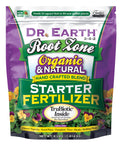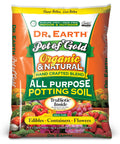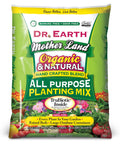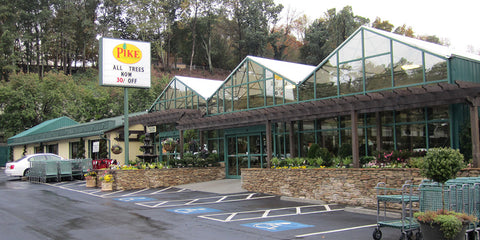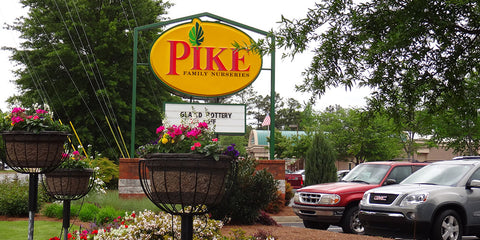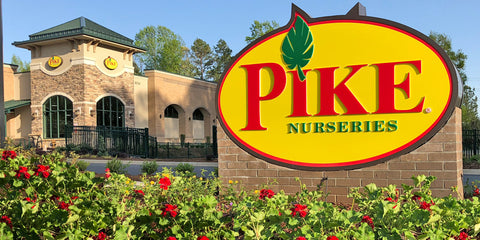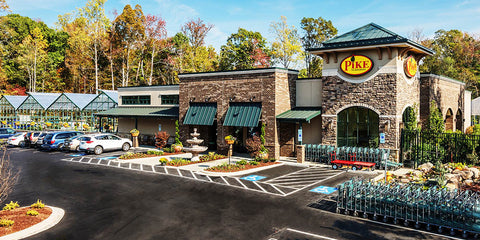Details
Features
White Bird Of Paradise features bold spikes of white flowers with blue overtones rising above the foliage from late winter to late fall. The flowers are excellent for cutting. Its attractive large oval leaves remain dark green in color with curious bluish-green undersides throughout the year.
This is a multi-stemmed evergreen houseplant with an upright spreading habit of growth. Its wonderfully bold, coarse texture is quite ornamental and should be used to full effect. You may trim off the flower heads after they fade and die to encourage releat blooming.
Care
Planting & Growing
When grown indoors, White Bird Of Paradise can be expected to grow to be about 7 feet tall at maturity, with a spread of 6 feet. It grows at a slow rate, and under ideal conditions can be expected to live for approximately 20 years. This houseplant will do well in a location that gets either direct or indirect sunlight, although it will usually require a more brightly-lit environment than what artificial indoor lighting alone can provide. It prefers to grow in average to moist soil. The surface of the soil shouldn't be allowed to dry out completely, and so you should expect to water this plant once and possibly even twice each week. Be aware that your particular watering schedule may vary depending on its location in the room, the pot size, plant size and other conditions; if in doubt, ask one of our experts in the store for advice. It is not particular as to soil pH, but grows best in rich soil. Contact the store for specific recommendations on pre-mixed potting soil for this plant.
There are many factors that will affect the ultimate height, spread and overall performance of a plant when grown indoors; among them, the size of the pot it's growing in, the amount of light it receives, watering frequency, the pruning regimen and repotting schedule. Use the information described here as a guideline only; individual performance can and will vary. Please contact the store to speak with one of our experts if you are interested in further details concerning recommendations on pot size, watering, pruning, repotting, etc.

